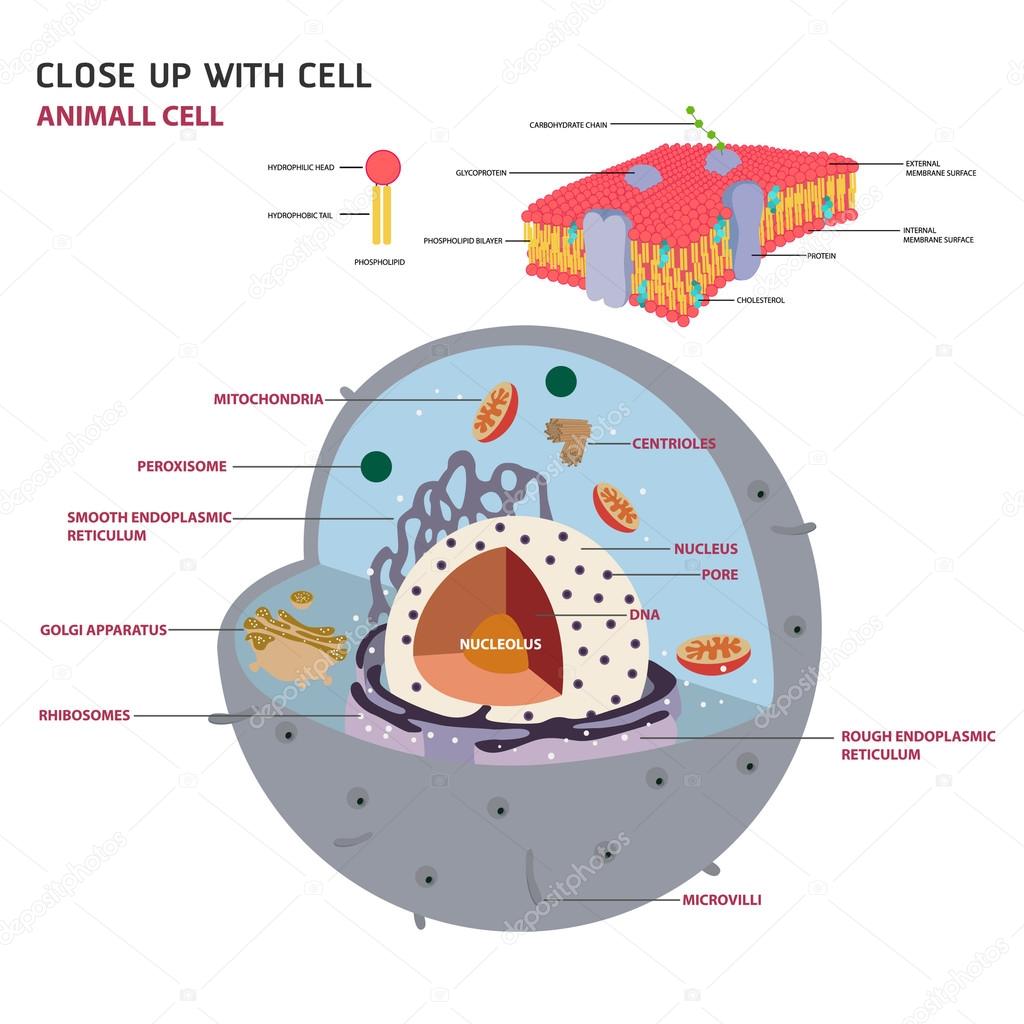

Introduce eukaryotic cells to students with protists, popular microorganisms. The major areas covered in this topic are: Prokaryotes and Microorganisms. Free resources for you and your students. Cell structure and function activities, experiments, and kits. Microscope slide sets ready to ship for your cellular exploration. Although prokaryotic cells lack a nucleus and membrane-bound organelles, they allow students to learn about basic cell morphology, reproduction, and evolution. They include: Models and manipulatives to simplify teaching cell structure and function.


Observing single-celled organisms is a great way to introduce cells in your lab. The major areas covered in this topic are: Free resources for you and your students.Cell structure and function activities, experiments, and kits.Microscope slide sets ready to ship for your cellular exploration.Models and manipulatives to simplify teaching cell structure and function Start playing unlimited games of FreeCell Solitaire, including other fun and challenging variations like: Double Freecell.We have gathered a variety of products and resources to better help you teach this concept. This guide breaks down the important information students need to know, provides links to products and free digital resources, and includes suggestions for hands-on labs that reinforce student learning. Understanding the relationship between the cell’s structure and its function is an important topic in any biology course. The properties, organelles, and characteristics of a cell determine its role within the organism. Cells are the building blocks of all organisms.


 0 kommentar(er)
0 kommentar(er)
